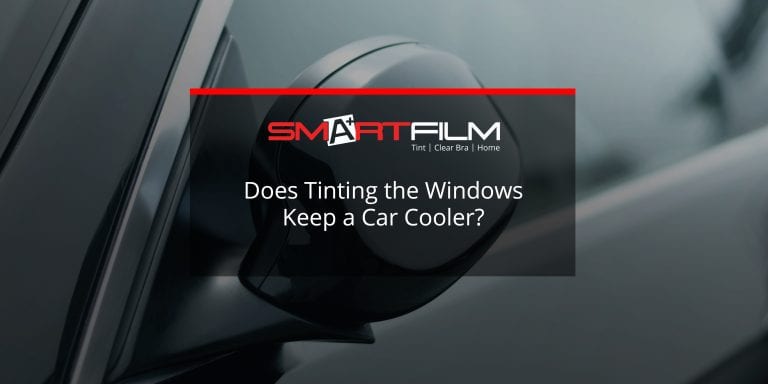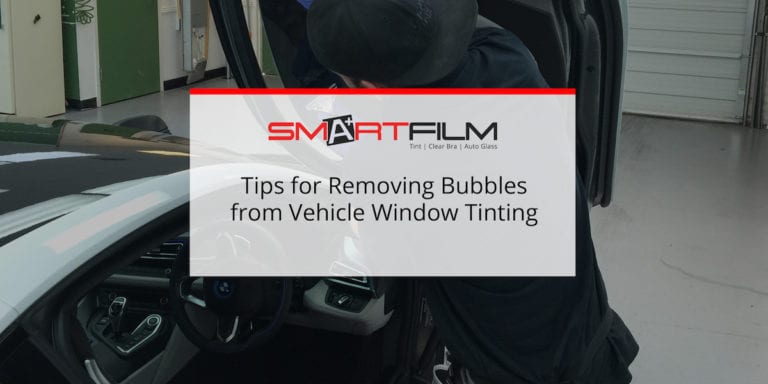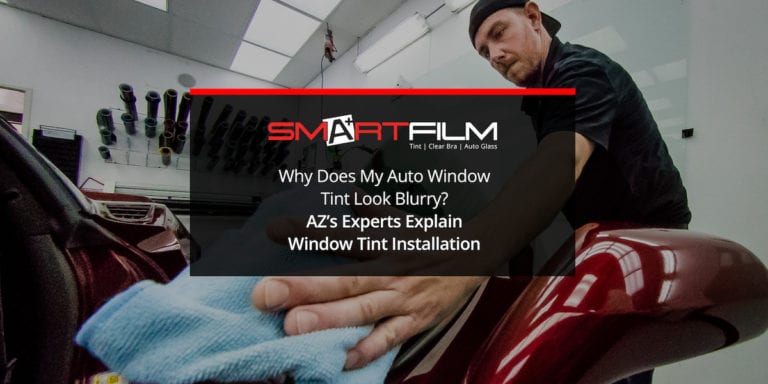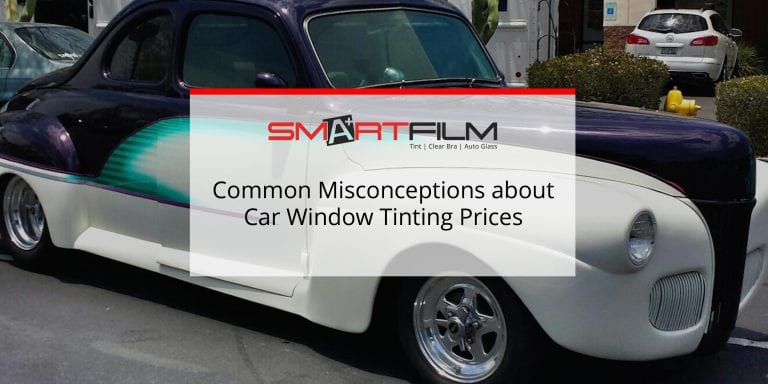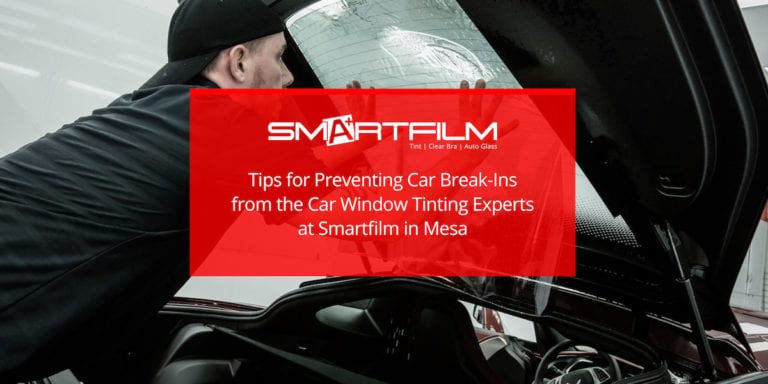Auto Window Tint Maintenance Guide 101: How to Take Care of Your Tints
For many drivers, especially in sunny regions like Arizona, window tinting is more than a style upgrade—it’s a practical investment. Quality window tints protect you from harmful UV rays, enhance privacy, and keep your car’s interior cooler. However, proper window tint maintenance is essential to keep these benefits intact.
Whether you’re new to tinted windows or looking to extend the life of your auto window film, understanding how to care for window tint is key. Without regular maintenance, even premium tint can fade, peel, or lose its sleek appearance over time.
This guide has expert tips for maintaining car window tint, ensuring your investment stays in top condition. From the moment your tint is installed, knowing the right steps—like avoiding harsh chemicals, using gentle cleaning tools, and respecting the curing process—can make all the difference.
Want to know how to keep your tinted windows free from scratches and bubbles or how to clean them safely without damaging the film? Our detailed guide will walk you through everything you need to preserve your tint’s quality and functionality.
By embracing these care tips, your car’s tinted windows will look great and continue to enhance your driving experience for years. Let’s get started!
The Best Care Guide For Window Tint

Proper care of your window tint is essential to maintaining its longevity, appearance, and functionality. Newly tinted car windows require special attention, especially during the crucial curing process. For the first week, it is important to avoid rolling your windows down to prevent the tint film from peeling or creating air bubbles.
When cleaning, avoid harsh chemicals and abrasive materials like steel wool, which can damage the window tint film. Instead, gently wipe down your tinted windows with a soft or clean microfiber cloth. Warm, soapy water or a gentle cleaner in a spray bottle is ideal for removing stubborn dirt without harming the tint film. Avoid using paper towels or sharp objects that could scratch the surface.
Protect your tinted car windows from harmful UV rays by regularly cleaning them with a dry microfiber towel to keep them looking fresh and clear. For those who frequent car washes, ensure only soft bristled brushes are used to avoid extremely rough handling.
By following these window tint care tips, you can extend the life of your investment, ensuring your car remains stylish and protected for years to come. Trust in proper window tint maintenance to keep your new window tint in top condition.
Tips for Long-Term Shine and Protection of Window Tint

Maintaining the sleek appearance and functionality of your window tint requires careful attention and the right techniques. Follow these essential tips to ensure your tinted windows remain in top condition:
- Gentle Cleaning Materials: Clean your windows with a soft cloth or microfiber cloth. Avoid abrasive materials like steel wool, which can scratch and damage the tint film, compromising its quality and appearance.
- Effective Cleaning Technique: Adopt a systematic cleaning process. Start by wiping vertically and then horizontally to remove moisture and streaks. This ensures a spotless finish. Use a second dry microfiber cloth to gently buff away any remaining streaks, leaving your windows crystal clear for best results.
- Avoid Harsh Chemicals: Stick to mild, soapy water or a gentle cleaner. Harsh chemicals and abrasive cleaning solutions can deteriorate the tint film over time, reducing its effectiveness and visual appeal.
- Prevent Accidental Damage: Avoid sharp objects and abrasive items near your windows. Ensure seatbelts are retracted when not in use, and be mindful when entering or exiting your vehicle to prevent scratches or tears in the tint film.
- Regular Maintenance: Clean your tinted windows regularly to protect against harmful UV rays and extend the life of the tint. Proper care maintains the aesthetic and ensures continued protection and performance.
By following these window tint care tips, you’ll enjoy a lasting shine and optimal protection, keeping your car looking sleek and stylish for years to come.
Common Mistakes to Avoid with Tinted Windows
Proper care of your tinted windows is essential to maintaining their sleek look and longevity. Here are some common mistakes to avoid, ensuring your window tint stays in top condition:
- Avoid Ammonia-Based Cleaners: Ammonia can discolor and fade the tint film. Instead, opt for gentle, ammonia-free cleaning solutions designed for tinted windows. These cleaners preserve the integrity and appearance of the tint.
- Steer Clear of Abrasive Materials: Harsh tools like steel wool, scrub brushes, or abrasive sponges can scratch and damage the delicate window tint. Always use a soft or clean microfiber cloth to wipe down the windows gently, ensuring a scratch-free, polished finish.
- Don’t Roll Down Windows Too Soon: Newly tinted windows require curing. Rolling them down too soon can cause the tint to peel or form air bubbles. It’s best to wait at least a week to ensure the tint adheres properly and cures without issues.
- Be Patient with Water Pockets and Cloudiness: It’s normal to notice some water pockets or cloudiness immediately after installation. These are part of the curing process and typically resolve within a few days. Avoid poking or pressing on these areas to prevent damage.
- Gentle Handling Is Key: Be mindful when getting in and out of your car to prevent accidental scratches or tears. Keep sharp objects and abrasive materials away from the windows to protect the tint film.
Preserving Your Window Tint: Why Professional Installation Matters

Proper installation is key to preserving your car’s window tint and maximizing its benefits. While DIY pre-cut tints may seem cost-effective, they often lead to issues like air bubbles and water pockets, compromising the tint’s appearance and effectiveness. Improper application can weaken the adhesive, reducing the tint’s lifespan and its ability to block harmful UV rays.
For auto window film care, professionally installed window tint offers superior performance. It can block up to 99% of UV rays, significantly reducing heat inside your vehicle by up to 60%. This enhances driving comfort and protects your car’s interior from sun damage.
Trust a professional for window tint installation to ensure long-lasting UV protection and optimal heat rejection. Expert services guarantee your new window tint is applied flawlessly, providing durable protection and maintaining your car’s sleek look.
Regarding window tint maintenance, proper care is just as important as installation. Following window tint care tips ensures your tinted car windows stay pristine for years. Don’t risk your investment—opt for professional auto window film care and keep your car window tint in top shape!
Troubleshooting and Repair for Window Tint
Maintaining your tinted windows’ flawless look and functionality is essential for long-term performance. Regular inspections are key to identifying any imperfections early. Here’s how to keep your window tint in top shape:
- Spot Early Signs: Regularly check for bubbles, creases, or peeling. Addressing these minor issues promptly prevents them from escalating into costly repairs.
- Prevent Bigger Issues: If left unattended, small imperfections can compromise the tint’s ability to block UV rays and maintain your car’s aesthetic.
- Seek Professional Help: Consult a professional for stubborn problems or significant damage. Their expertise ensures your tint is repaired correctly, preserving its longevity.
- Maintain Cleanliness: Keep your tinted windows clean with gentle, appropriate products. Well-maintained tints continue to offer protection from harmful UV rays and enhance your driving comfort.
Investing time in regular checks and professional care ensures your window tint remains durable, effective, and visually appealing.
Contact Us!
Our expert window tinting and paint protection film services in Mesa, Tempe, Gilbert, and the surrounding Arizona metro area will keep your car cooler, protect your loved ones from UV rays, and maintain its pristine condition. Visit their website or shop to explore the perfect tint for your vehicle!

